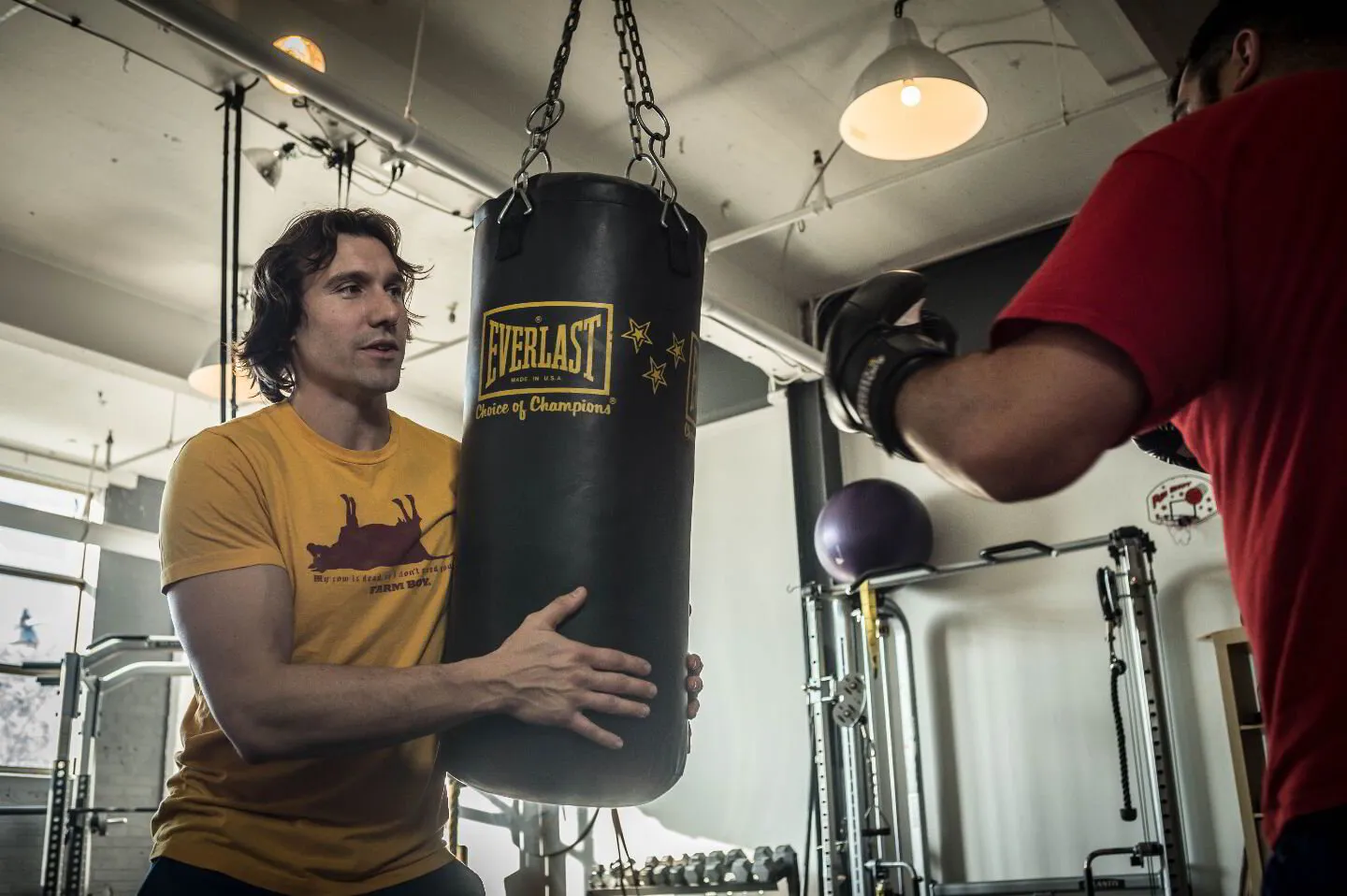Many fitness enthusiasts believe that having ripped, sculpted abs is the ultimate goal. They tell the world you are strong and slender, and lasagna has no power over you. And they are not easy to attain.Aside from athletes, the majority of people have fat covering their abdominal muscles. Some of it is located near the skin's surface (subcutaneous fat). Some of it is stored deep into the abdominal cavity (visceral fat).
The more fat you have, the longer it will take to lose it and get six-pack abs.
Secrets to Unveiling a Six-pack
The rectus abdominis is the primary muscle in the abdomen that causes the washboard look. It is a long, flat band of fibers that runs vertically from the pubic bone to beneath the ribs. It lays over the internal organs and helps to keep them in their appropriate position.
It is a muscle separated into two halves that run parallel to each other. Each half is separated into three halves by connective tissue. These six bands of connective tissue give the abdomen its distinctive "six-pack" look.
Your six-pack will not be apparent if your rectus abdominis is concealed behind layers of fat, no matter how toned it is.
Harvard Health reports that around 90% of body fat is subcutaneous (under the skin). It's the squishy material that creates your belly and is a type of body fat that you can hold in your hands.
Lowering Your Body Fat Level
Achieving a lower body fat percentage can be challenging and time-consuming.According to a study published in the journal ObesityTrusted Source, women in the United States have around 40% body fat and men have approximately 28%. Women often carry more fat than males due to the hormone estrogen.
To see their abs, most men and women must drop at least half of their body fat. According to the American Council on Exercise, losing 1% body fat each month is a healthy and feasible goal.
Given that logic, a woman with typical body fat may take 20 to 26 months to lose the necessary amount of fat for six-pack abs. The average male would need between 15 to 21 months.
What You Should Do To Get Abs
The good news is that you have abs. The bad news is that there’s no quick and easy way to unearth them. Exercising your abdominal muscles with targeted exercises will help to strengthen and shape them.
Reduce Calories
If you want to lose one pound every week, cut around 500 calories from your regular diet.If you exercise, you may be able to burn less calories. If you burn 250 calories per day from exercise, you may just need to reduce your calorie intake by 250.
Increase Protein Intake
When you lose weight, you lose lean muscle. Protein, the building block of muscle, is essential for maintaining muscle mass.Aim for about 1 to 1.5 grams per every two pounds you weigh.
A study published in Nutrition Reviews (Trusted Source) found that individuals who consumed more protein (1.2 to 1.5 grams per 2.2 pounds of body weight) were able to maintain lean muscle mass and improve body composition compared to those who consumed the average amount (0.8 grams per 2.2 pounds).
That equates to more than 90 grams of protein—30 grams every meal, per day for a 150-pound individual.Protein-rich foods include chicken, beef, turkey, lentils, nuts, and some dairy products, such as Greek yogurt.
Read also: Effective Workouts for Muscle Gain
Choose High-intensity Intermittent Exercise

Examples of high-intensity intermittent exercise include:
- sprinting for 20 seconds followed by walking for 40, and repeat
- cycling at an all-out pace for 8 seconds followed by a low-intensity pace for 12 seconds
According to research published in the Journal of ObesityTrusted Source, women who performed that type of cycling exercise for 20 minutes, three times a week, for 15 weeks, lost more body fat than those who performed steady aerobic exercise.
Add Resistance Training
Cardio combined with weight training appears to be the golden bullet for fat loss.A study of overweight teens found that combining cardio and strength training three times a week for a year resulted in greater body fat loss and waist circumference reduction compared to aerobic exercise alone.
The Takeaway
There is no quick and easy way to get six-pack abs. It involves discipline and a commitment to clean, healthy eating and regular exercise, including cardio and strength training.
But while the process can be long and the work hard, six-pack abs are a fitness goal that can be attained by those who are committed to the process.





